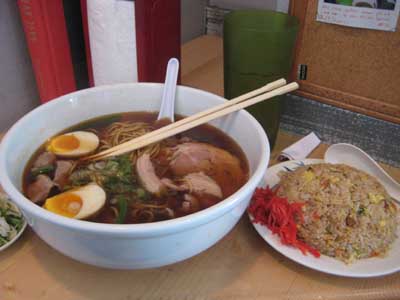Necessary cookies help make a website usable by enabling basic functions like page navigation and access to secure areas of the website. The website cannot function properly without these cookies.
We do not use cookies of this type.
Marketing cookies are used to track visitors across websites. The intention is to display ads that are relevant and engaging for the individual user and thereby more valuable for publishers and third party advertisers.
We do not use cookies of this type.
Analytics cookies help website owners to understand how visitors interact with websites by collecting and reporting information anonymously.
We do not use cookies of this type.
Preference cookies enable a website to remember information that changes the way the website behaves or looks, like your preferred language or the region that you are in.
We do not use cookies of this type.
Unclassified cookies are cookies that we are in the process of classifying, together with the providers of individual cookies.
We do not use cookies of this type.
 I missed this NPR report a couple of weeks ago, about the impact of the character Long Duk Dong from the 1980s hit movie, "16 Candles." I had heard a promo for the report while driving but got home before it came on.
I finally went back to check it out and it's worth hearing.
The link to the report is at the top of the page; the text on the page is the report's transcript. Be sure to check out the extra interview clip with Gedde Watanabe, the Japanese American actor who played "the Donger" -- he doesn't really have a clue, unfortunately. And check out the comic that's included, "Donger and Me."
I missed this NPR report a couple of weeks ago, about the impact of the character Long Duk Dong from the 1980s hit movie, "16 Candles." I had heard a promo for the report while driving but got home before it came on.
I finally went back to check it out and it's worth hearing.
The link to the report is at the top of the page; the text on the page is the report's transcript. Be sure to check out the extra interview clip with Gedde Watanabe, the Japanese American actor who played "the Donger" -- he doesn't really have a clue, unfortunately. And check out the comic that's included, "Donger and Me."





 Hot stuff: Orochon Ramen lets you choose your level of heat. I opted for #3 and it was pretty damned warm.
Hot stuff: Orochon Ramen lets you choose your level of heat. I opted for #3 and it was pretty damned warm.